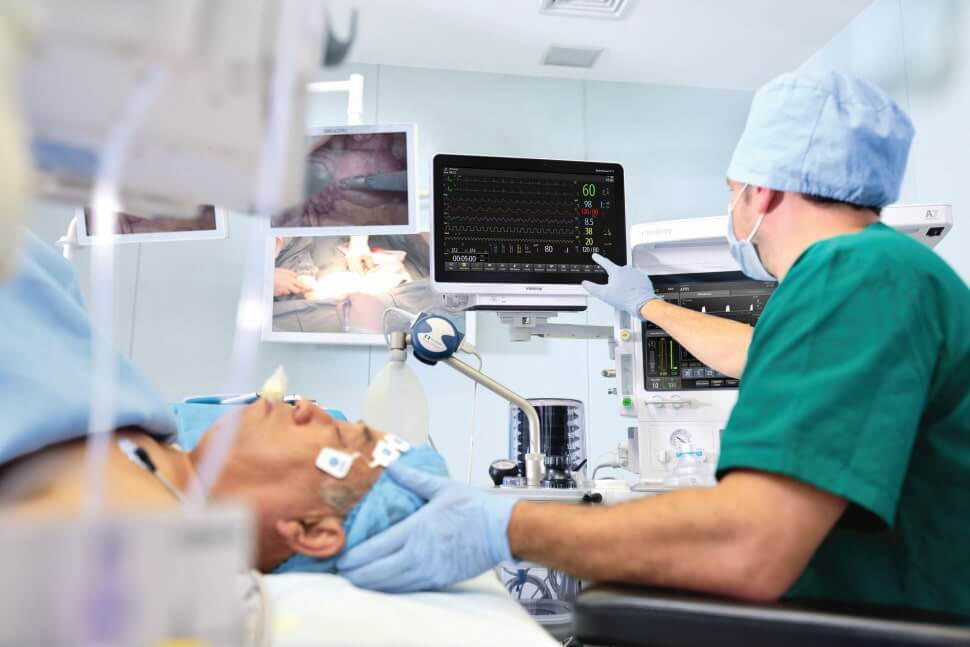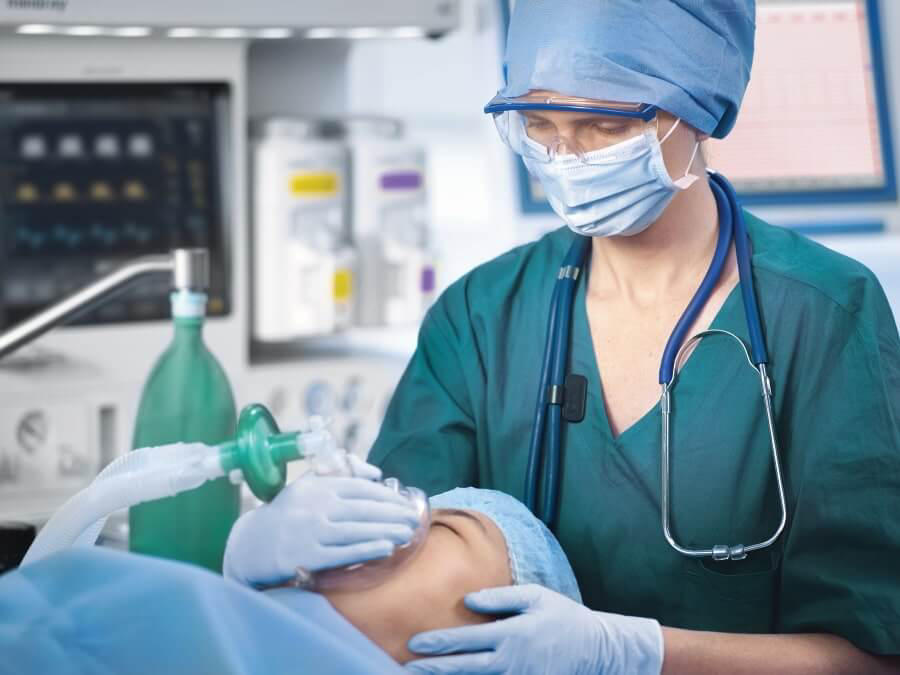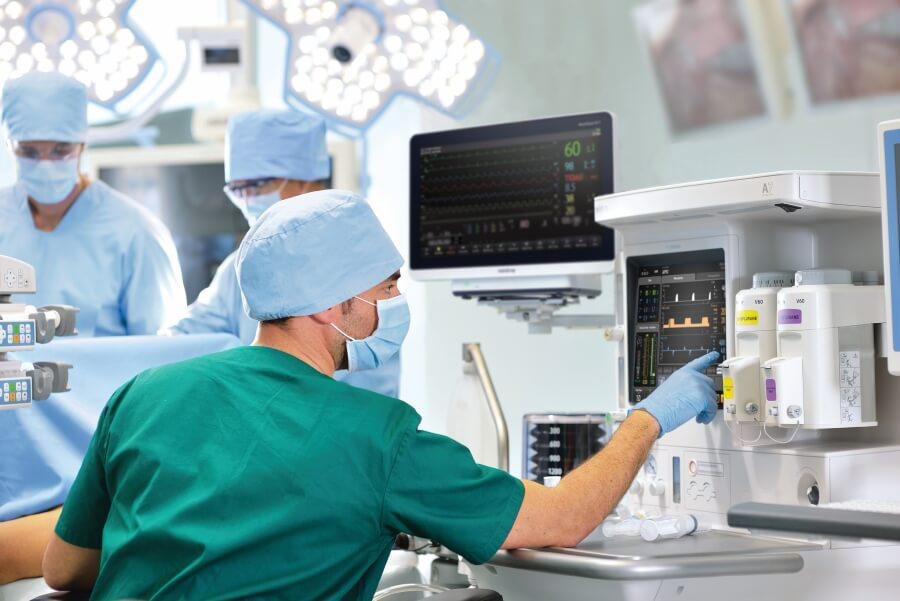What is general anesthesia?
General anesthesia is a combination of medications that put a patient in a sleep-like state before a surgical procedure. The medicine is either inhaled through a breathing mask or tube or given through an intravenous (IV) line. General anesthesia interrupts nerve signals between a patient’s brain and body. Essentially, general anesthesia prevents the brain from processing pain and recollecting the events during the surgery.
Who administers general anesthesia to a patient?
A hospital’s anesthesiologist is in charge of administering general anesthesia to patients before surgery and manages patient care during and after surgery with the help of a nurse anesthetist and other clinicians.
Does Mindray North America supply anesthesia machines to healthcare facilities?
Mindray North America – Advancing Anesthesia Care
Mindray’s comprehensive anesthesia portfolio provides solutions that support clinical needs for all acuity levels across the continuum of care.
A-Series Advantage – Anesthesia Machines
A-Series Advantage systems offer a consistent, simple approach to anesthesia delivery. The user interface is intuitive, easy to navigate, and the digital technology facilitates precise setting adjustments and ventilation modes. Standard ventilation modes include Manual/Spontaneous breathing, Volume Control, and expanded Pressure Support with CPAP, with many additional advanced ventilation modes standard on the A5 and A7 systems. Optional advanced ventilation modes and features are available on all systems, as needed, to ensure your clinical needs are met. Learn more about the A-Series Anesthesia Machines.
Choose the Mindray Advantage
Low Cost of Ownership – All A-Series Advantage systems come with a standard 3-year warranty and require only one annual preventative maintenance service check.
Engineered for Patient Safety – Auxiliary O2/Air mixer delivers blended gas and regulates the combustible O2 percentage being delivered via nasal cannula, reducing the risk of airway fire. A warmed breathing system minimizes internal condensation enhancing system reliability, along with a robust battery backup.
Integration and Connectivity – Best-in-class connectivity and integration utilizing HL7 offers a direct interface to hospital systems and EMRs.
Contact us today and speak directly with one of our team members to help guide you through our anesthesia machine solutions and determine which model and purchase plan work best based on your needs.
References:
How to Prepare for Anesthesia: https://www.webmd.com/a-to-z-guides/anesthesia-prep
General Anesthesia: https://www.asahq.org/madeforthismoment/anesthesia-101/types-of-anesthesia/general-anesthesia/
General Anesthesia Overview: https://www.mayoclinic.org/tests-procedures/anesthesia/about/pac-20384568
General Anesthesia Procedure: https://www.webmd.com/a-to-z-guides/what-is-general-anesthesia
Anesthesia Risks: https://www.asahq.org/madeforthismoment/anesthesia-101/types-of-anesthesia/anesthesia-risks/








